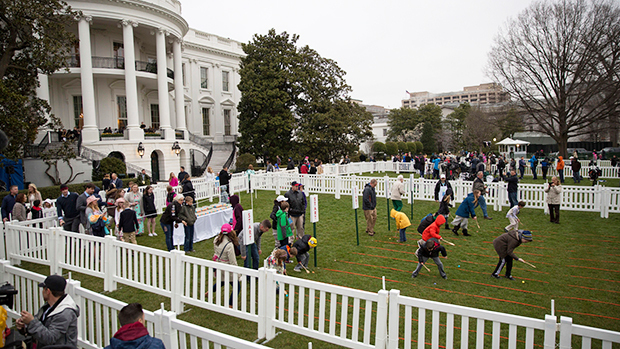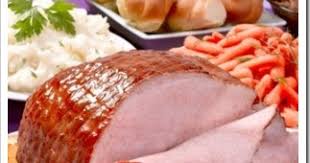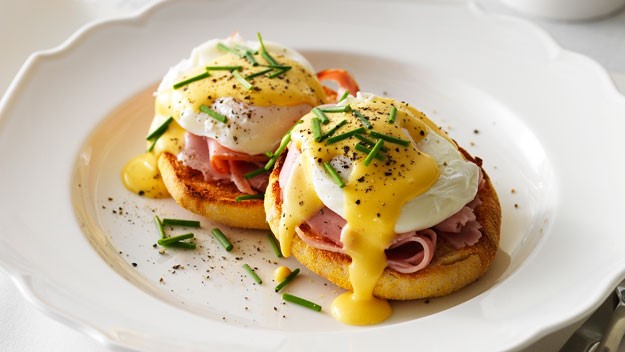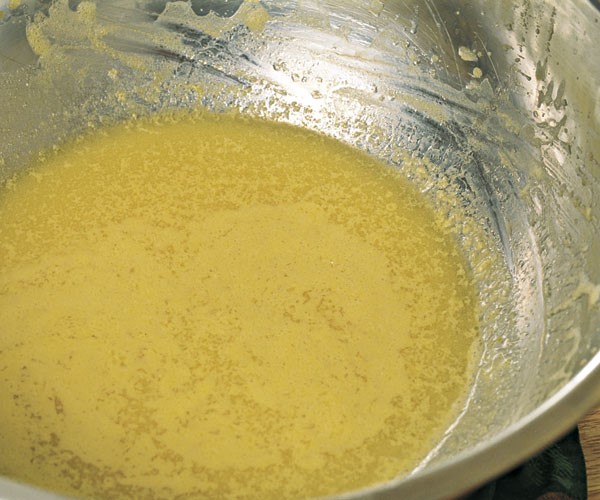
Easter Eggs
Easter eggs are a curious tradition. How did they become associated with such a religious holiday? We did our research to find some answers.
The egg is an ancient symbol of new life and it has been associated with Pagan festivals celebrating spring. It is said that the tradition of decorating and coloring eggs dates back to at least the 13th century, but it’s possible that is has been around even longer than that. One theory is that eggs were a forbidden food during the Lenten season. With Easter marking the end of Lent, people would color and decorate them to celebrate the end of this time of repentance. After they were decorated, the eggs would be eaten as part of the Easter celebration.
Other egg-related traditions
Two other egg-related traditions are Easter egg hunts and egg rolling. In the U.S. the annual Easter egg roll takes place the Monday after Easter at the White House. In which children push decorated hard-boiled eggs across the lawn. A tradition that began when Rutherford B. Hayes was president in 1878. Easter egg hunts are thought to have begun in the 1700s when the Pennsylvania Dutch believed in Oschter Haws, an egg-laying hare who eventually became known as the Easter bunny. Children would search through the grass to find eggs left behind by Oschter Haws, starting the familiar pastime.


Regardless of which egg-related traditions you have, Price Chopper/Market 32 is your one stop shop for all things Easter! Whether you’re searching for materials to decorate eggs, prepare Easter dinner, or enjoy the perfect holiday treats we are proud to provide the solution!
Happy Easter!
Written by Rainy McEwan – Jr. Marketing Analyst
Different Ways to Make Eggs Benedict
A traditional Eggs Benedict consists of Canadian bacon and a poached egg atop a toasted English muffin, covered with creamy, delicious Hollandaise sauce.
This dish is perfect to customize to your individual tastes. Every step can be made simpler, for days you feel a little lazy but still want that gourmet breakfast feeling, and Hollandaise is perfect for experimenting with different flavors!

The Sauce
While traditionally made using a double boiler method, Hollandaise can also be made in a blender or food processor. To do so, simply blend together 3 egg yolks and a tablespoon of lemon juice, then turn the blender to high speed and slowly drizzle in a half cup of melted butter. Season to taste. That’s it!
Hollandaise is considered a “mother sauce” meaning that it is a base upon which many other sauces can be formed. Most frequently we see Hollandaise seasoned with nothing but lemon juice, salt, and either Cayenne or Tabasco sauce. White pepper is traditionally added to this sauce as well, but because it is not a common staple in most home kitchens, it is often replaced by black pepper.
Bearnaise sauce is a variation of Hollandaise that is frequently used for Eggs Benedict, as well as for meat, fish, and vegetables. It can be made by substituting the lemon juice with white wine vinegar, and adding shallots and fresh herbs such as tarragon, chervil, and peppercorns.
Hollandaise can be kind of tricky sometimes. Because it is an emulsion sauce made of butter and eggs, it is prone to “breaking.” If this happens to your sauce, try one of these tips:
- Whisking in some boiling hot water, one drop at a time, off the heat.
- Put a tablespoon of boiling water into a bowl and slowly whisk the sauce in, small bits at a time.
- Add another egg yolk and whisk together, off the heat.
Experiment with this sauce by adding any of your favorite seasonings or switching up the acid! It is recommended that you make the Hollandaise base and fold your additional ingredients in at the end.

For a Vegetarian take
Try wilted or sautéed spinach and a grilled tomato to replace the meat and create Eggs Florentine! Or try one of the many meat substitutes stocked in our stores, such as Morning Star Farms veggie breakfast sausage patties (contains egg whites) or Tofurkey slices!
Or try an entirely plant-based version!
Replace the egg with firm or extra-firm tofu that’s been pressed and seasoned. Kala Namak, also known as black salt, will give the tofu and Hollandaise an “eggier” flavor. If desired, use a very small amount of Turmeric to give it that authentic yellow color.
To replace the meat, try Tofurkey slices, or take a shot at making faux bacon out of tempeh, eggplant, or even coconut! For a vegan Hollandaise, mix together a block of tofu (any firmness will do), the juice of one small lemon, ¼ teaspoon Kala Namak, and 1 tablespoon of vegan butter or neutral-flavor oil of your choice, in a blender. If it is too thick, add in water or oil in small amounts until desired consistency is achieved. When finished, warm in a sauce pan and serve.
Season with cayenne or Tabasco. This is a very basic recipe, so if you want to add extra flavor, consider any combination of these additions:
- 2 teaspoons Dijon mustard
- 2 tablespoons nutritional yeast
- 1 tablespoon tamari or soy sauce
- 1 tablespoon tahini in place of the vegan butter/oil
Now get cooking! You won’t regret whipping up one of these delicious meals for breakfast, lunch, or even dinner.
Source:
https://simpleveganblog.com/vegan-eggs-benedict
https://www.abellecuisine.com/archives/Sauces/Basic%20Hollandise%20with%20Variations.htm
https://www.allrecipescom/recipe/84214/blender-hollandaise-sauce/
https://www.foodnetwork.com/recipes/traditional-eggs-benedict-recipe-1958020


